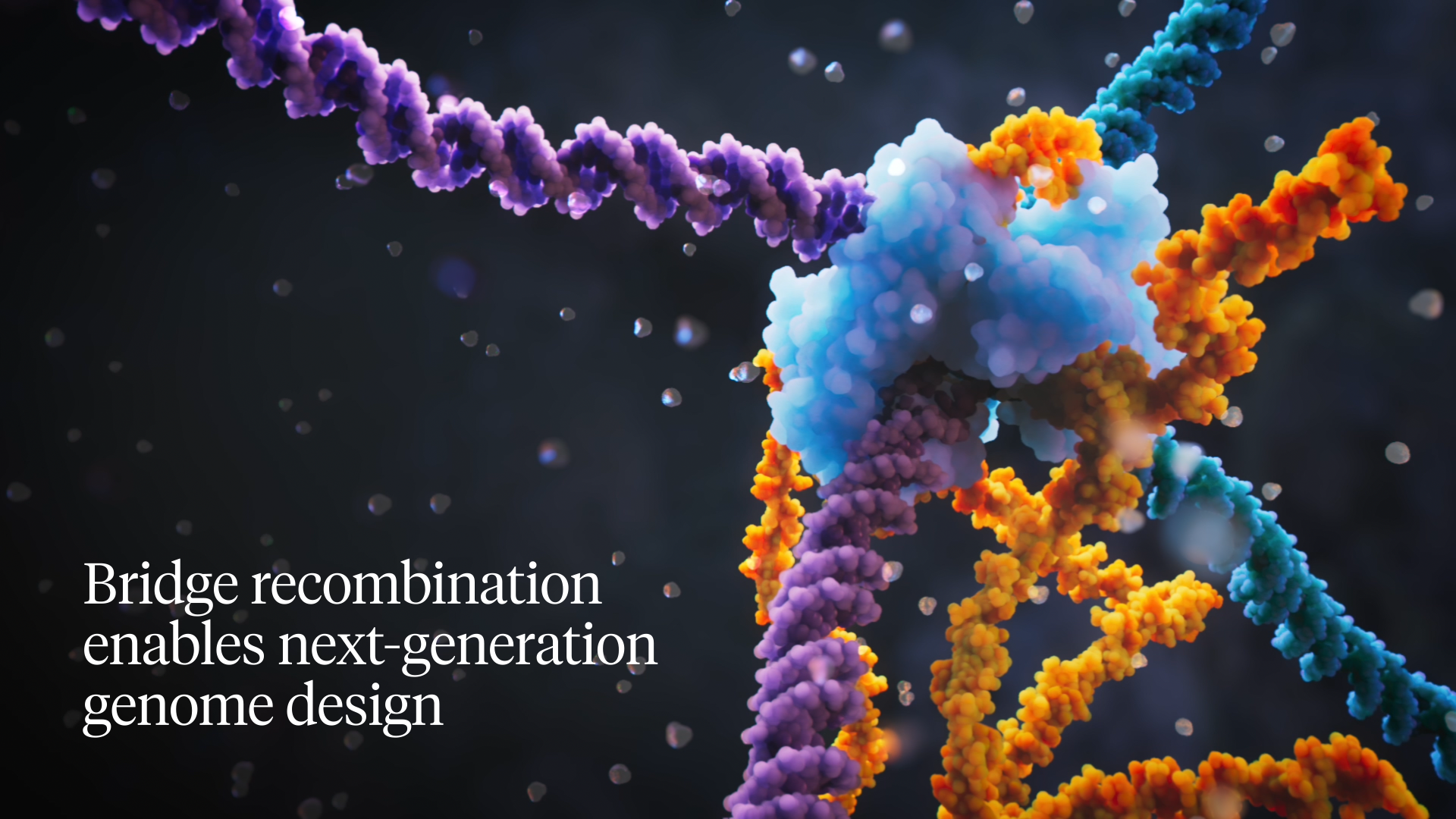New DNA-Editing Technique Offers Potential for Advanced Genome Engineering
Researchers at the Arc Institute in California have identified a novel DNA-editing mechanism in bacteria, dubbed the “bridge editing” system, which promises to enable larger and more precise genomic modifications than current CRISPR-based techniques. This new method, discovered by Patrick Hsu and his team, involves physically linking two DNA sequences, potentially allowing for extensive genome alterations.

MoA animation by Visual Science, 2024
Bridge editing could surpass the capabilities of the widely-used CRISPR-Cas9 system. While CRISPR-Cas9 has revolutionized gene editing by enabling precise targeting and mutation of specific DNA sequences, it primarily acts as a gene disruptor. Hsu’s system, on the other hand, leverages a naturally occurring mechanism in bacterial DNA, involving parasitic sequences that use a recombinase protein to link guide RNA to DNA sequences. This approach facilitates the addition, deletion, or reversal of extensive DNA segments without leaving behind unwanted DNA fragments, known as scars.
The bridge-editing system distinguishes itself by using a guide RNA that targets two specific DNA sequences instead of one, allowing for a more controlled and scarless manipulation of genomes. This enhanced precision and control could significantly expand the scope of genomic modifications, making it feasible to undertake complex tasks such as chromosome-scale engineering in plants and animals.
Stephen Tang at Columbia University highlighted the promise of bridge editing but noted that its efficacy in human cells remains unproven. To date, the system has only been tested in bacterial cells and in vitro conditions. Nonetheless, Tang expressed optimism that with further research and adaptation, bridge editing could be made compatible with more complex organisms.
For further details, refer to the study published in Nature: DOI: 10.1038/s41586-024-07552-4.
Topics: Biotech